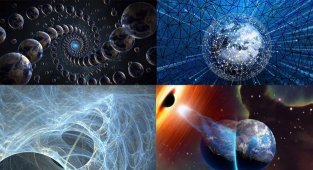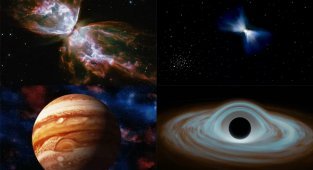At first there was nothing. Then, about 13.7 billion years ago, the Universe formed. Using telescope observations and particle physics models, the researchers were able to create a rough timeline of major events in the cosmos. 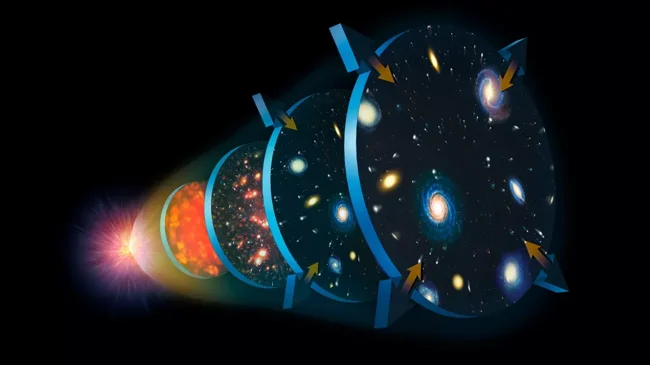
Big Bang
It all starts with the Big Bang, which is a moment in time, not a point in space. In particular, this is the moment of the beginning of time itself, the moment from which all subsequent moments are counted. Despite its common name, the Big Bang was not actually an explosion, but rather a period when the Universe was extremely hot and dense, and space began to expand in all directions simultaneously. Although the Big Bang model states that the universe was an infinitesimal point with infinite density, this is just an easy way of saying that we don't fully understand what was going on back then. Mathematical infinities make no sense in the equations of physics, so the Big Bang is truly the point at which our current understanding of the Universe collapses.
The era of cosmic inflation
The universe's next move was to grow really fast. During the first 0.0000000000000000000000000000001 (that is, a decimal with 30 zeros before 1) seconds after the Big Bang, the cosmos was able to expand exponentially in size, pushing apart regions of the universe that were previously in close contact. This epoch, known as inflation, remains hypothetical, but cosmologists like the idea because it explains why distant regions of space appear so similar to each other despite being separated by vast distances.
Quark-gluon plasma
A few milliseconds after the beginning of time, the early Universe was really hot—we're talking about 7 trillion to 10 trillion degrees Fahrenheit (4 trillion to 6 trillion degrees Celsius). At these temperatures, elementary particles called quarks, which are usually tightly bound inside protons and neutrons, wander freely. Gluons, carrying a fundamental force known as the strong force, were mixed with these quarks in the liquid primordial fluid that permeated the cosmos. Researchers have managed to create similar conditions in particle accelerators on Earth. But this difficult-to-achieve state lasted only a few fractions of a second, both in Earth's atom crushers and in the early Universe.
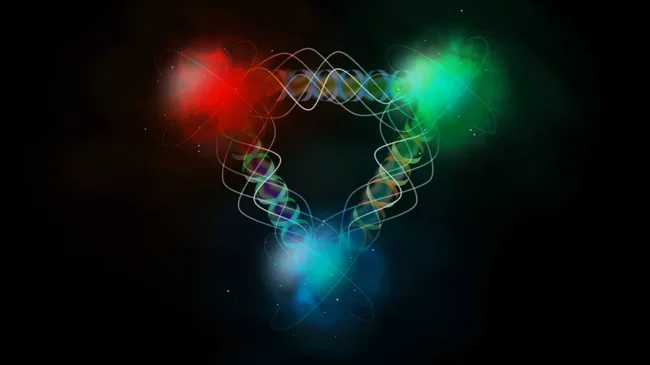
Early era
During the next stage of time, which began about a few thousandths of a second after the Big Bang, many events occurred. As space expanded, it cooled, and soon conditions were favorable enough for quarks to combine into protons and neutrons. One second after the Big Bang, the density of the Universe had dropped so much that neutrinos - the lightest and least interacting elementary particle - could fly away without hitting anything, creating the so-called cosmic neutrino background, which scientists have yet to detect.
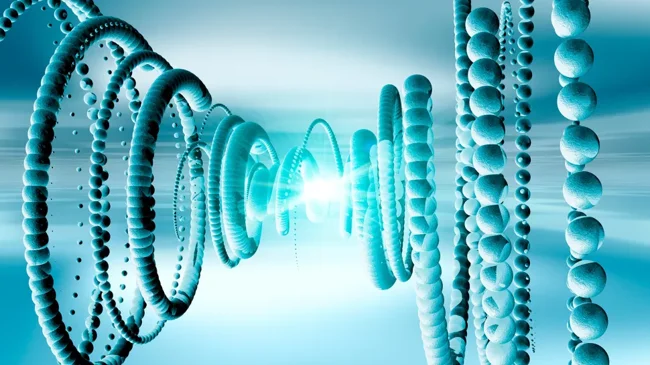
First atoms
During the first 3 minutes of the Universe's life, protons and neutrons fused together to form an isotope of hydrogen called deuterium, as well as helium and a small amount of the next lightest element, lithium. But as soon as the temperature dropped, this process stopped. Finally, 380,000 years after the Big Bang, things were cool enough for hydrogen and helium to combine with free electrons, creating the first neutral atoms. Photons that had previously collided with electrons were now able to travel undisturbed, creating the cosmic microwave background (CMB), a relic of that era that was first discovered in 1965.
Dark Ages
For a very long time, nothing in the Universe emitted light. This period, which lasted about 100 million years, is known as the cosmic dark ages. This era remains extremely difficult to study because astronomers' knowledge of the universe is based almost entirely on starlight. Without the stars it is difficult to understand what was happening.
First stars
About 180 million years after the Big Bang, hydrogen and helium began to collapse into large spheres, creating the hellish temperatures at their cores that illuminated the first stars. The universe entered a period known as the Cosmic Dawn, or reionization, because hot photons emitted by early stars and galaxies broke up neutral hydrogen atoms in interstellar space into protons and electrons, a process known as ionization. It is difficult to say how long the reionization lasted. Because it happened so early, its signals are drowned out by later gas and dust, so the best scientists can say is that it ended about 500 million years after the Big Bang.
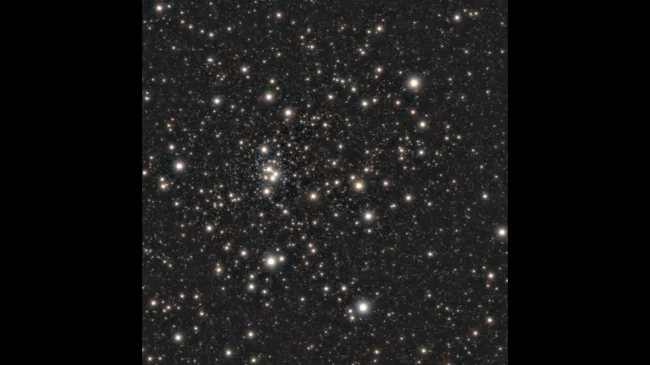
Large scale structure
Small early galaxies began to merge into larger galaxies, and about 1 billion years after the Big Bang, supermassive black holes formed at their centers. Bright quasars have turned on, emitting intense beacons of light that can be seen from 12 billion light years away. The Middle Years of the Universe The universe continued to evolve over the next several billion years. Spots of higher density from the primordial universe gravitationally attracted matter to themselves. They slowly grew into galaxy clusters and long filaments of gas and dust, forming the beautiful, filamentous cosmic web seen today.
Birth of the solar system
About 4.5 billion years ago, in one galaxy, a cloud of gas turned into a yellow star with a system of rings around it. These rings coalesced into eight planets, as well as various comets, asteroids, dwarf planets and moons, forming the familiar star system. The planet, third from the central star, either managed to retain water after this process, or comets later delivered a stream of ice and water. On this third, watery world, tiny, simple microbes arose between 3.8 and 3.5 billion years ago. These life forms arose and evolved into sea monsters and giant leaf-eating dinosaurs. After all, about 200,000 years ago, upright walking creatures emerged capable of marveling at our mysterious Universe and studying how it all came to be.

